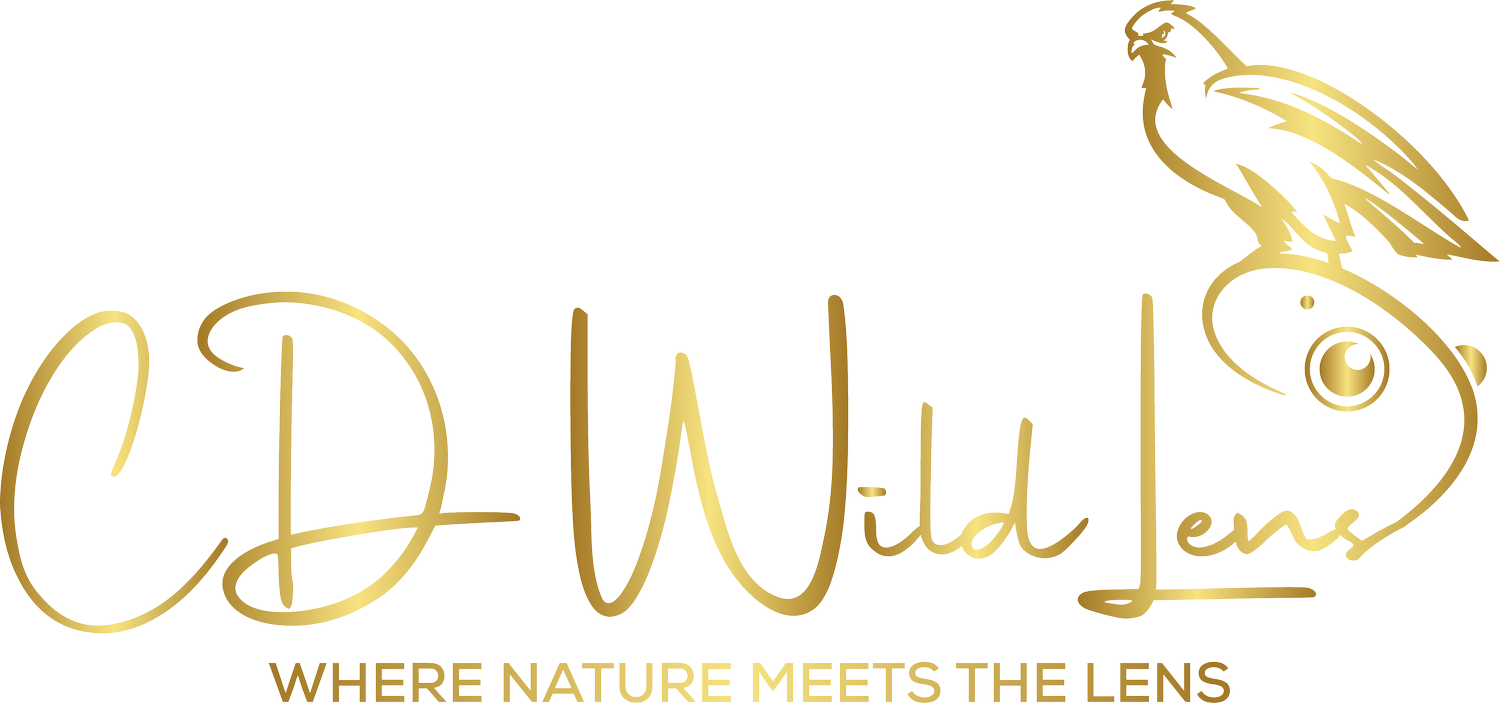Swans in Danger: A Call for Responsible Dog Ownership
Swans are among the most graceful and majestic birds found in our parks, rivers, and canals. Often seen gliding effortlessly across the water, they’re a symbol of peace, beauty, and natural elegance. But behind the scenes, a troubling pattern is emerging across the UK: more and more swans are being injured — or worse — due to dog attacks.
The Reality of Dog Attacks on Swans
Each year, wildlife rescue centres and charities report rising numbers of swan injuries caused by dogs. These attacks often happen when dogs are allowed off the lead near waterways, especially during spring and summer when swans are nesting or raising their cygnets.
Swans are naturally defensive when protecting their young or nests. A curious or aggressive dog, even one that’s “just playing,” can trigger a dangerous situation. Unfortunately, swans — despite their size — are no match for the bite of a determined dog. Common injuries include broken wings, torn necks, and puncture wounds, many of which prove fatal.
Why This Matters
Swan populations are vulnerable. Mute swans (the species most often seen in the UK) are protected by law under the Wildlife and Countryside Act 1981.
Attacks can have lasting effects. Survivors often suffer lifelong injuries or require euthanasia if their injuries are too severe to recover from.
It’s not just swans. Ducks, geese, and other waterfowl face similar threats, particularly in busy public parks.
Here is some information about attacks in 2024!
• Wildlife centres in both England and Scotland reported a surge in swans suffering from serious dog bite injuries. Many were too badly hurt to survive.
• Cities such as Birmingham, Manchester, and Edinburgh saw confirmed incidents where off-lead dogs fatally injured adult mute swans and their young.
• National animal welfare charities estimate that dozens of swans die every year in preventable attacks by dogs.
These attacks often go unnoticed by the wider public — but the impact on local swan populations is devastating.
Why It Matters
Every swan killed in this way is not just a tragedy — it’s a breach of the Wildlife and Countryside Act 1981, which offers legal protection to these birds. Yet despite this, these preventable deaths continue to occur in our parks, riversides, and canals — all because dogs are not being kept under control near wildlife.
We all have a role to play in preventing further loss. With greater awareness and responsible pet ownership, these beautiful birds can be safe in the places they call home.
How Dog Owners Can Help
The vast majority of dog owners are responsible and love animals. But even the friendliest dog can act unpredictably near wildlife. Here’s how you can help prevent harm to wildlife and our valued pets:
Keep dogs on a lead near rivers, lakes, and canals — especially in nesting season (March to August).
Be aware of your surroundings. If you see swans with young or behaving defensively, give them space.
Train recall commands so your dog responds reliably, even when distracted.
If you see a swan or wildfowl getting injured, report it!
A Shared Space
Public parks and waterways are shared spaces — and with a bit of care, they can be safe for all. Letting dogs roam free may seem harmless, but for wildlife like swans, it can be life-threatening. Respecting nature and keeping pets under control doesn’t just protect swans — it sets a positive example for others.
Together, we can ensure that swans continue to grace our waterways for generations to come.
Here are some local reports about Swan attacks! Please Note; some stories maybe distressing!
Warning to dog owners after swan dies in bloody attack | Evesham Journal
Swan loses mate after attack by dog at Witney beauty spot | Oxford Mail
